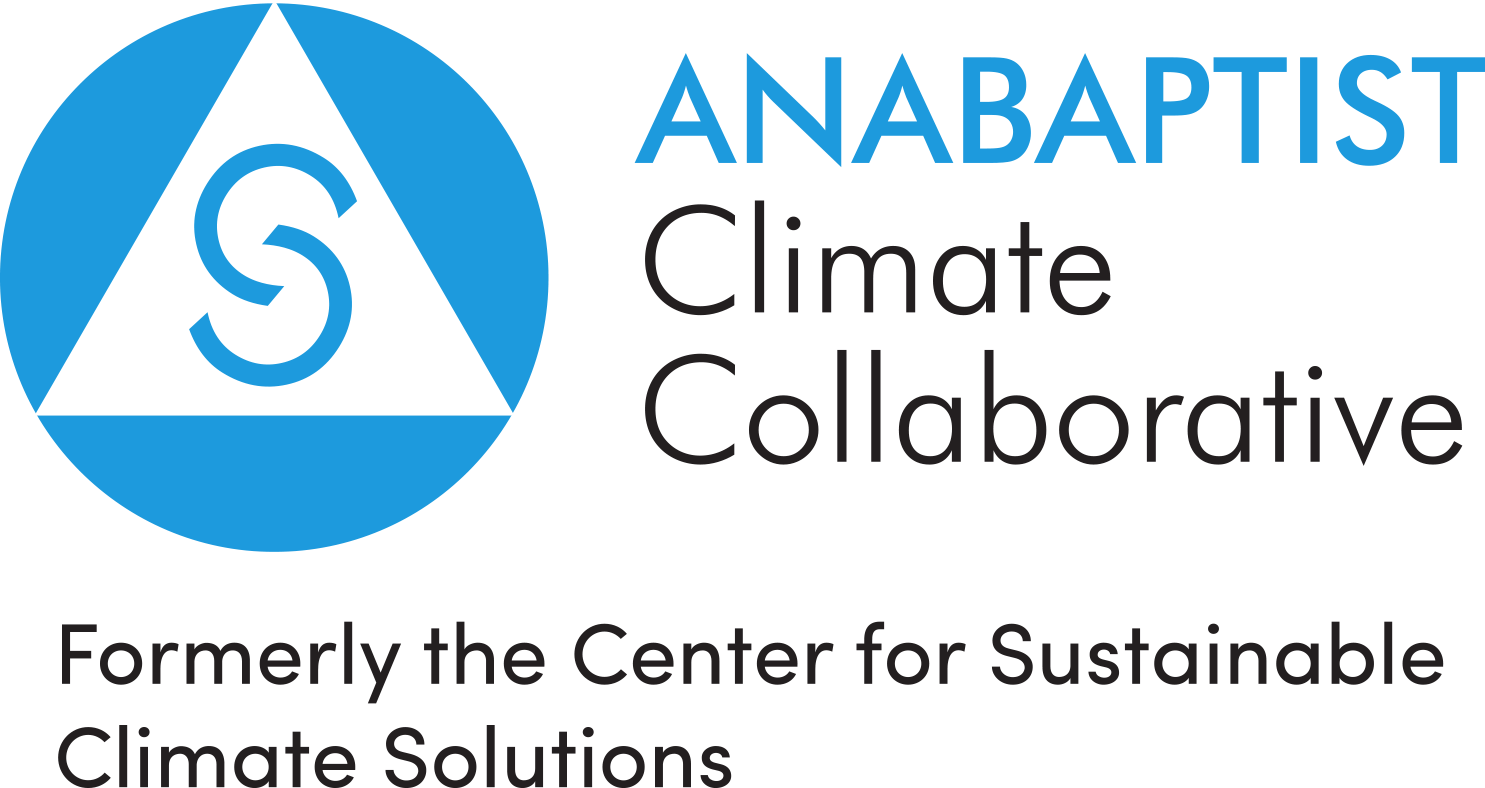What are the riders learning about climate issues? Read accounts of their meetings with organizations and people, as the group focuses on weekly themes
Adventure Cycling
When the climate riders biked up to the Adventure Cycling headquarters in Missoula, Montana last Tuesday, Geoff McMillian wasn’t fazed by the fact that they were biking across the United States. As an employee at Adventure Cycling, Geoff is used to hearing about epic bike rides; his job is to make them more normal.
In the sunny plaza outside of the organization’s office, Geoff explained that Adventure Cycling is a non-profit organization dedicated to inspiring and empowering people to ride bikes. The organization was started in the 1970s when it organized a cross-country bike race on what is now the TransAmerica bike route. Since then, it has helped to create and map over 50,000 miles of bike routes around the US, organized bike tours and advocated for bike-friendly infrastructure.
“We’re trying to show that bicycle tourism and travel can happen anywhere,” Geoff said.
What Geoff loves about biking is the way it connects people and communities. When people tour by bicycle, they often stop in small towns and support local businesses by buying food and other supplies.
Bike travel also promotes connections between people. “When you’re traveling by bike,” Geoff said, “you make yourself vulnerable in a way.”
“The number one thing people (who have been on a tour) talk about,” he said, “is how nice everybody is.”
Climate Smart
After meeting with Geoff, some of the riders rode to the Ogren Park to meet with representatives from Climate Smart, another Missoula-based organization. Amy Cilimburg, the organization’s executive director explained how Climate Smart was formed.
“We think of ourselves (Missoula) as a pretty environmentally oriented community,” she said. But Amy and others noticed that their city wasn’t doing much about climate change, so a few years ago they got together to create a plan.
In 2017, they helped the city complete a carbon emissions assessment and in 2019 got it to adopt the Climate Ready Missoula Plan.
“The point of the plan,” Amy said, “is to bring the community together, figure out what sectors need to be part of the action plan, and then get started.”
Mason Row, the organization’s program associate, shared his philosophy for climate work with the group. A recent graduate of the University of Montana’s climate change studies program, Mason realizes that working in the climate change field is challenging, yet he maintains a positive outlook.
“For anyone considering working in this type of work,” he said, “a really helpful tool is compartmentalization of hopes, fears and projections around climate change in your daily life and your work.”
Mason is in charge of a new carbon offset program that works to weatherize low income homes, which reduces unnecessary energy usage.
Mason said: “The 2020s will be a decade of doing the heavy lifting of changing toward climate sustainability.”
In Bozeman, Montana, the riders gathered in their camp below the big hillside ‘M’ to talk with David Thoma, a landscape ecologist who works for Yellowstone National Park. David, who studies the effects of climate on Yellowstone’s ecosystems, explained the importance of knowing how individual species are affected by changes in climate in order to know how to best manage the land in the future.
One of David’s favorite species to study is the white bark pine. As the last trees to grow before the tree line on mountains, white bark pines can survive in severe conditions, but can also be found growing at lower elevations, where they become much larger.
“They’re the most charismatic trees,” David said. The white-bark pine is also one of the first casualties of climate change in the region.
White bark pines are threatened by forest fires, mountain pine beetles and a European disease called blister rust, all of which David calls “indirect effects” of a warming climate. “We’re only starting to see the beginning of escalating effects (from climate change),” David said.
Thomas Guadalupe-Johnson asked David how he would convince people to let go of some of their lifestyle comforts for the sake of sustainability. David’s response: make the connection to people’s lives.
He gave an example: last fall, 30 houses were burned in a forest fire behind the hill with the ‘M.’ “I have no idea what proportion of (the residents) were climate aware or climate concerned (before the fire),” David said, “but 30 homes burned up, and I bet all of them are now, and everyone that they know.”
What is David’s advice for getting people to pay attention to climate change? Live by example. “You guys like to ride bikes,” he said. “You’re probably going to bike to work when you’re done with this ride; maybe you’ll be bike-commuters for life… People notice that.”

